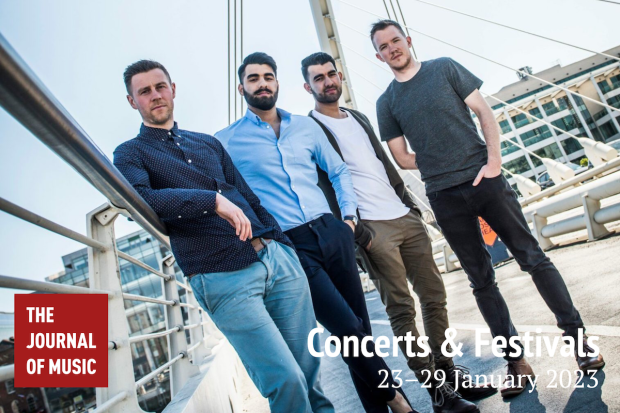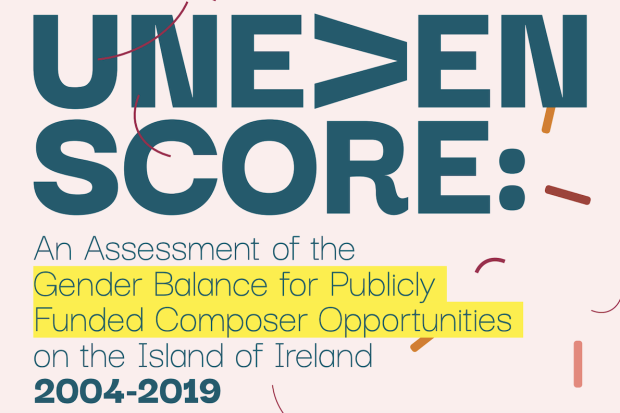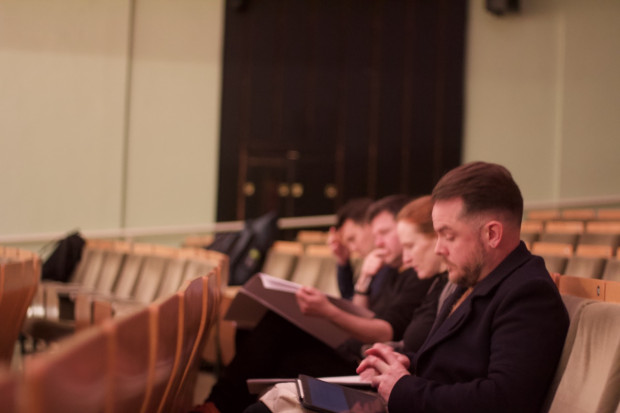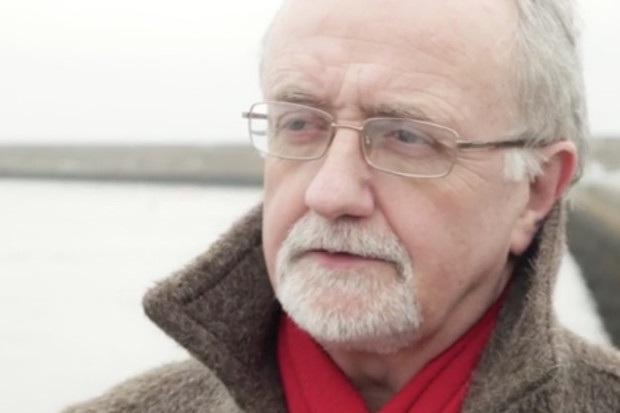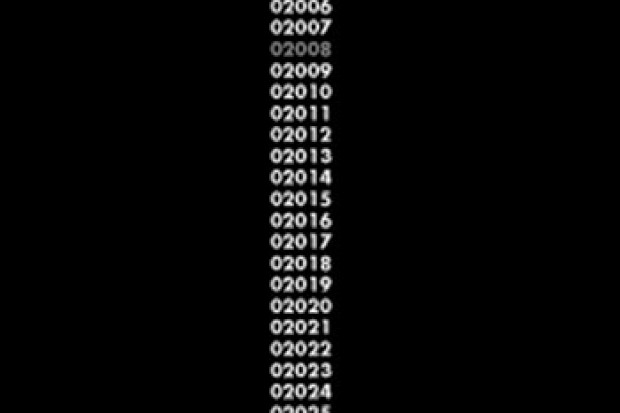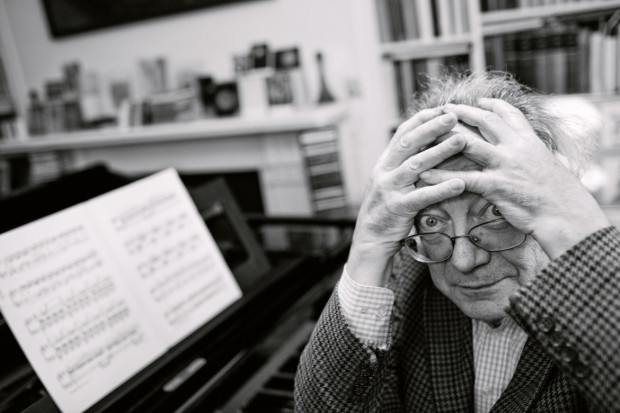Live Reviews: RTÉ Living Music Festival: 27th October concert
RTÉ Living Music Festival, 27 October
Mahony Hall, The Helix
National Symphony Orchestra
Zsolt Nagy, conductor
Chritian Lindberg, trombone
Bodley — Configurations (1967)
L. Mozart — Concerto for Trombone and Orchestra (1755)
Berio — SOLO for trombone and orchestra (1999)
Varèse — Hyperprism (1921)
Berio — Nones (1954)
Lutoslawski — Livre pour orchestre (1968)
Anyone who failed to see the final concert of the RTÉ Living Music Festival will have missed a rare treat with this fascinating and diverse programme. With Zsolt Nagy at the helm, the National Symphony Orchestra successfully performed a demanding repertoire of works spanning the entire twentieth century with one contrasting eighteenth-century work. The venue was the Mahony Hall, a venue which has refreshingly live yet detailed acoustics, but is not without fault. Instruments placed towards the rear were disappointingly dull, in particular the piano which played an important role in the concerts first work, Seóirse Bodley’s Configurations.
Bodley’s work was troubled by the announcement that due to recording restrictions, a traditional layout was being favoured (a statement that was for some strange reason applauded by some audience members). The layout calls for the electric guitar to be placed at the front on the conductor’s left with piano and celesta on the right, whilst the string section is to be divided in two. This was ignored, with only the placement of harps on opposite sides of the stage being adhered to. This was disappointing in a concert series emphasising spatial placement. In the face of this, Bodley’s work appeared to suffer from a classic case of serialism and aleatoritis. The five sections, despite their differing approaches, were quite similar in impact, the most striking sections being the second, with its interesting use of hand bells and the fourth’s sustained string section interspersed with the hallmark pointillist style on piano and percussion.
The star of the evening was trombonist Christian Lindberg who played two contrasting virtuoso pieces which he has been touring for the past two years: Leopold Mozart’s Concerto for Trombone and Orchestra and Berio’s SOLO for trombone and orchestra. The Mozart was surprising both for its demands on the performer and for its similarity in style to that of his son. This buoyant piece suited the jovial and playful manner of Lindberg who bounced around on stage in his leather trousers thoroughly enjoying every moment. SOLO was the most contemporary of Berio’s works to be performed at this festival and was written in collaboration with Lindberg. Initially intended as an orchestral reworking of Sequenza V, Berio felt the need to write a more substantial piece, and it is now in it’s eighth revision. Needless to say, the performance was an outstanding example of virtuosic trombone playing (Lindberg has performed it some 60 times in the past two years!) and of the counterpoint between soloist and orchestra which Berio favours. Sustained pitches move between the soloist and the three trombones and tuba of the orchestra creating contrasting spatial and harmonic effects. The multiphonics in the final section of the piece demonstrates a restraint too easily forgotten when dealing with such a flexible instrument as the trombone, and Lindberg’s performance here was literally breathtaking. Lindberg finished with a brief encore, a little post-modern joke called Kokakoka.
Varèse’s landmark Hyperprism needs little introduction. The piece which ‘tempted men to perform tympani concertos on each others faces’ in 1921 was beautifully paced. The only jarring elements were the brief flute injections which seem to date the piece unnecessarily. In contrast to Berio’s SOLO, his next piece here, Nones from 1954, was less well received. A beautifully paced work, Nagy lifted the orchestra from subtle textures and the smallest of gestures to crashing percussion, constantly shifting the sound between the various groupings before ending in a final burst reminiscent of the last moments of the Bodley.
Lutoslawski’s striking Livre pour orchestre was a refreshing and bold finale to this event. With its surreal contrasting materials (the second ‘chapter’ a crystalline sound world with brief glimpses of pitched and non-pitched percussion), the piece moved with ease between carefully constructed sound worlds and presented Lutoslawski in quite a different light to that of his later works.
Published on 1 November 2002












